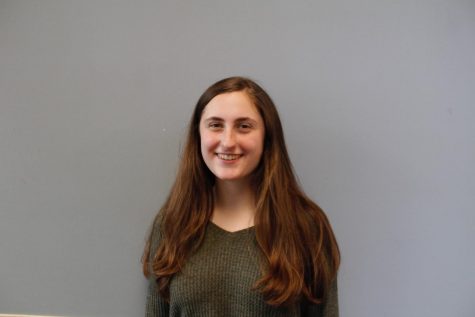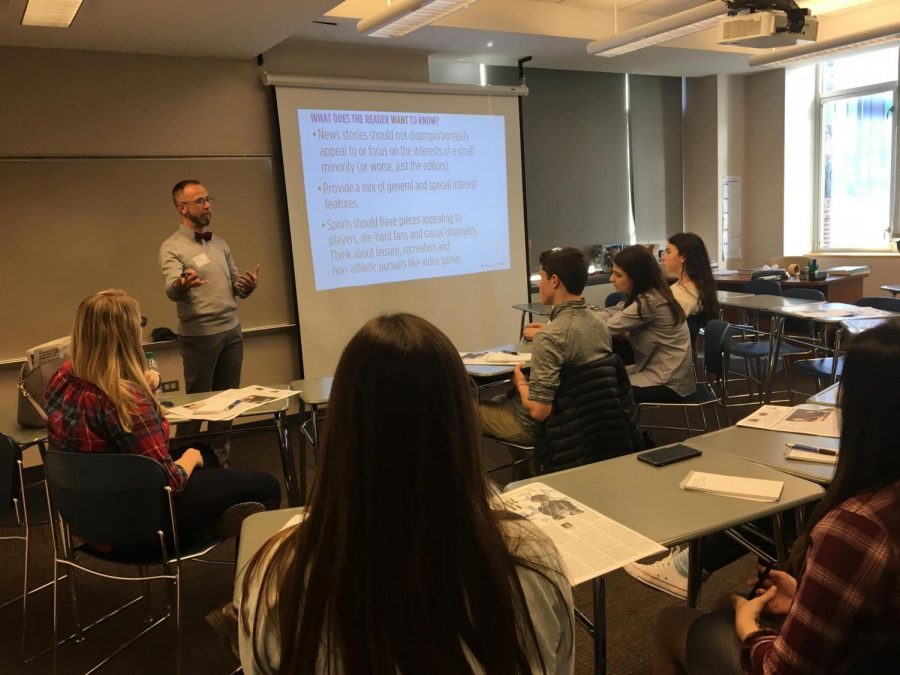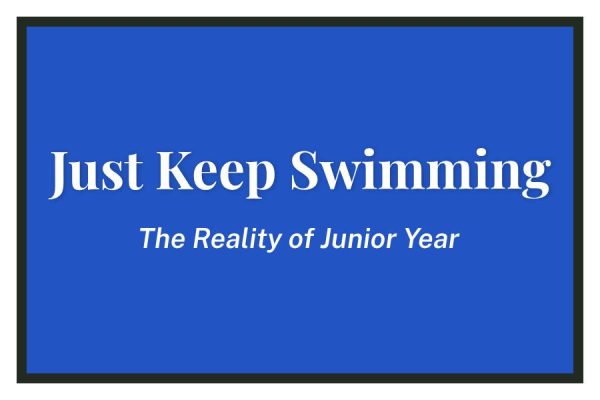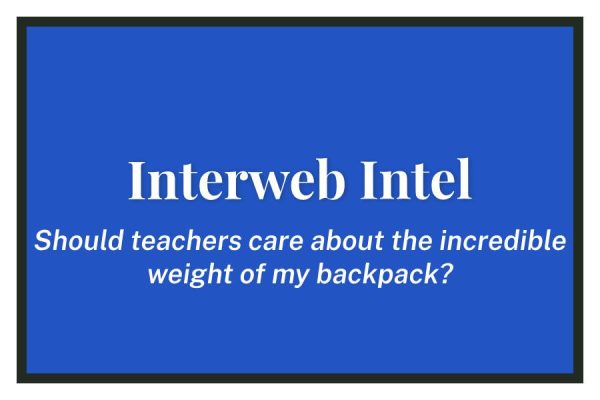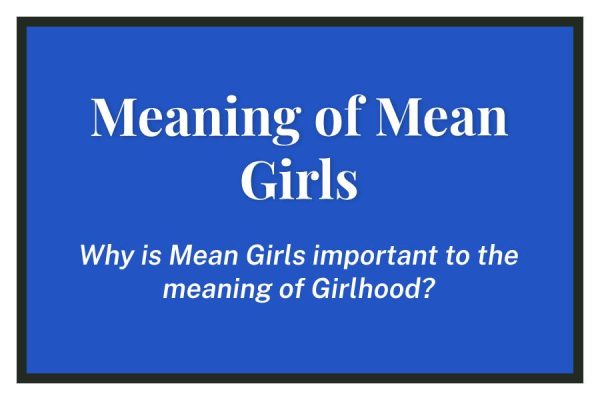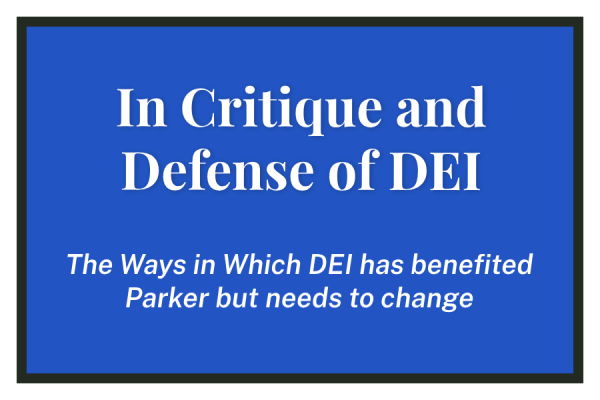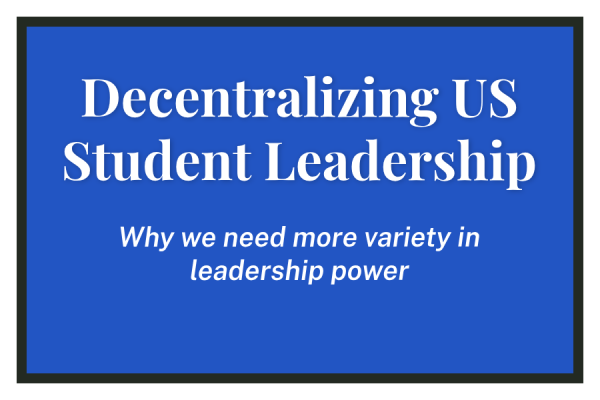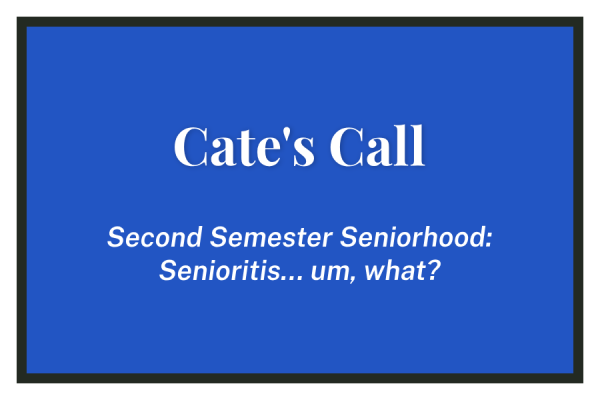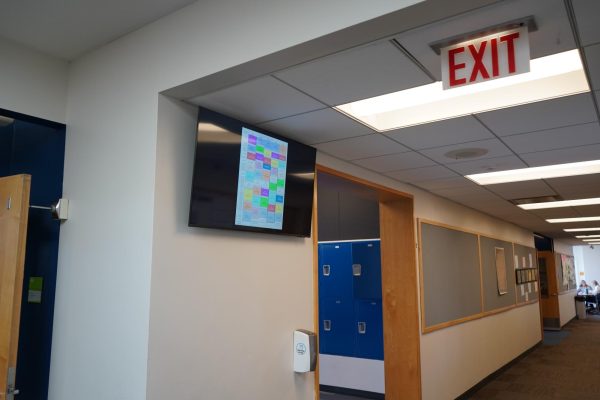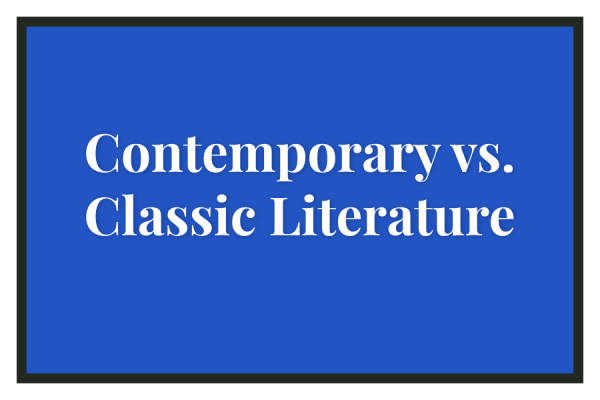Journalism and Society Today, Together
A Reflection on the Symposium
Photo credit: Molly Taylor
Logan Aimone, faculty advisor to the U-High Midway, hosts a session at “Journalism and Society Today.”
Lincoln Park High School’s student-run newspaper, “The Lion’s Roar,” has recently been trying to expand its online presence to keep up with readers, though it’s faced some obstacles in gaining attention from the student body. Lincoln Park’s editor-in-chief posed questions about how get noticed, and the roughly 15 audience members, the majority being student journalists from other schools, walked around and wrote their suggestions–based on their own paper’s tactics–on posters hung around the Parker math classroom.
At the Journalism and Society Today Symposium hosted at Parker on Saturday, January 20, both professional journalists and professors, students, and advisors from around the city came to discuss the current state of the field. I’ve been on the committee planning the event since last spring, when we decided that in a world in which the term “alternative facts” even exists, and social media is influencing how people receive news, it was important to try to make sense of the changing landscape of journalism.
At the end of the day, I truly recognized the significance of connecting with others — both students from our peer schools and skilled professionals — because everyone has an experience that someone else can learn from.
While watching Lincoln Park’s session, I was excited to hear others share their ideas. Online Editor of “The Weekly” Sammy Kagan explained how our Buzzfeed-style quizzes have been popular, and a faculty adviser of Back of The Yards’ “The Maroon” recommended that Lincoln Park make flyers to hand out that highlight some of its articles since “The Lion’s Roar” is only online. Someone also suggested that writing more often about arts and entertainment would interest more students, something I thought “The Weekly” could also consider.
The pros, of course, offered their own insight related to our “post-truth” theme, but they also gave practical advice that we can use as students. One example that stuck with me took place during Tracy Baim’s session. The publisher and executive editor at “The Windy City Times,” Baim asked the students in her room to say their hesitations about being journalists. Some expressed their worry of putting themselves out there and receiving criticism, and she firmly responded with the words, “Keep writing.” Baim explained that if she’d let fear get in her way 33 years ago, then she wouldn’t have led the paper she founded to success.
As the role of news in our lives is redefined, it’s essential to bring the journalism community together to deliberate how it impacts us on both the broad and the small scales. The Symposium has shown me that school newspapers should collaborate more often, rather that just operating independently.
Located in Chicago, we have easy access to so many other school, and professionals too. It’s important that we continue to build relationships within this community in order to strengthen “The Weekly” and spread our own ideas to other publications. As journalism is changing, the more we work together, the better the outcome will be.
